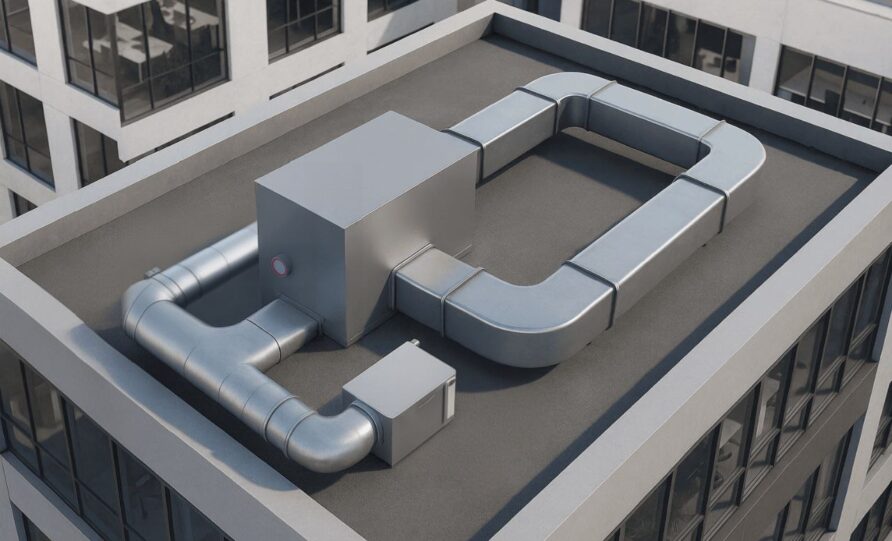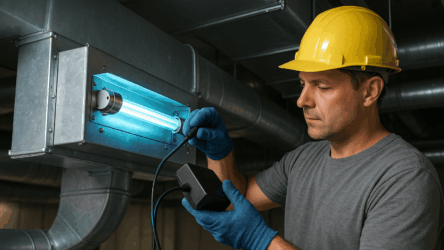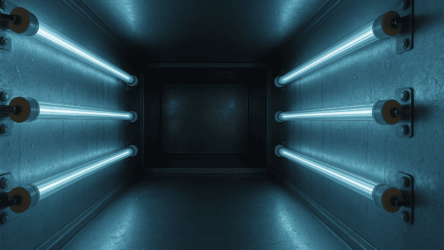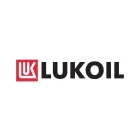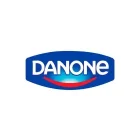Air exchange in buildings serves to provide fresh air, but it also circulates dust, fungal spores, and bacteria through ducts. In centralized supply and exhaust ventilation systems, contaminated airflow spreads across numerous rooms, transforming an essential utility into a potential health hazard. As a result, methods for processing and disinfecting ventilation systems are increasingly employed to maintain sanitary standards in high-traffic areas.
Where It Matters Most
Ventilation systems are installed almost everywhere:
- In shopping centers and office buildings, where thousands of people are present daily;
- In medical institutions, where regulations strictly govern the microbiological cleanliness of air;
- In food production facilities, where product protection from microbial contamination is essential;
- In modern multi-apartment buildings, where a centralized air supply system distributes the same air across apartments, and cleaning the ventilation plays a critical role.
If these systems are not maintained, dust and organic debris accumulate, creating an environment conducive to the growth of microorganisms. As a result, infectious agents are spread throughout the building.
UV as a Modern Disinfection Tool
One of the most reliable methods for disinfecting ventilation systems is ultraviolet radiation—UV kit for self-installation that are integrated directly into the ventilation ducts. With a wavelength of 254 nm, UV light breaks down the DNA of microorganisms and prevents their reproduction. This method is effective because of:
- Operation in the presence of people and animals;
- No chemical reagents or by-products;
- Versatility—suitable for supply, exhaust, and recirculating ducts;
- Low cost compared to industrial recirculators.
We offer ready-to-use bactericidal kits that include UV lamps (mercury or amalgam), mounting hardware, connectors, EPRA, and detailed instructions. This solution allows for the quick conversion of a standard air duct into a bactericidal section. The lamps have a service life of up to 11,000 hours for mercury lamps and up to 16,000 hours for amalgam lamps. If an amalgam lamp is damaged, the room does not require mercury decontamination, simplifying operation.
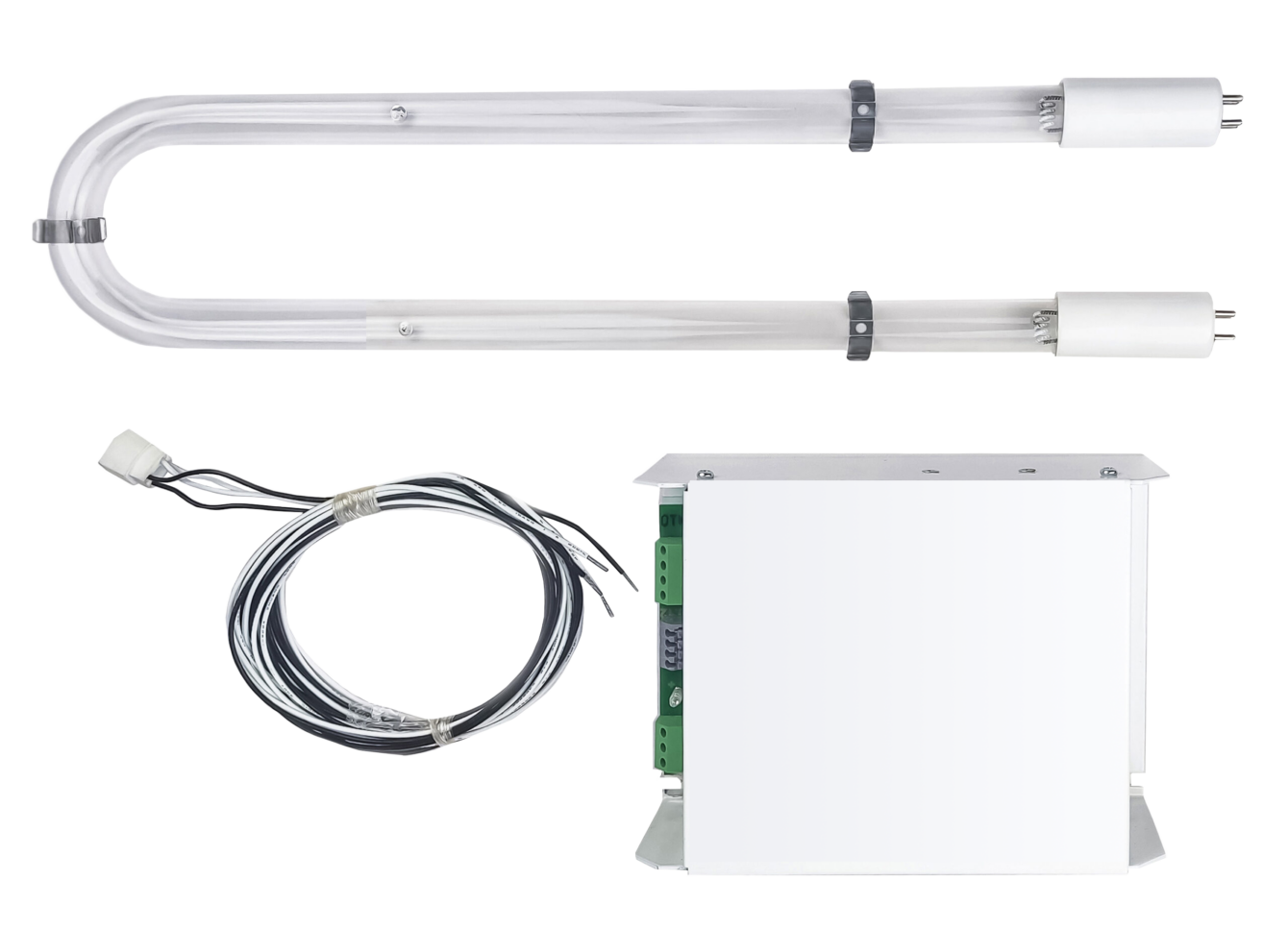
Practical Experience of UVL
In one of our projects, we implemented UV disinfection in the ventilation system of a private clinic. We equipped the existing ducts with UV ventilation kit without interrupting the clinic's operations, ensuring uniform disinfection of airflows and improving the sanitary safety of the premises.
Conclusion
Disinfection and treatment of ventilation systems are essential in buildings with centralized engineering networks and significant foot traffic. Using ultraviolet light for air disinfection is a modern, safe, and cost-effective method that ensures compliance with sanitary regulations and protects people from infectious risks. For installation companies, this solution is particularly convenient: ready-made UV kits are easy to install and clearly demonstrate the benefits of this approach to clients.

